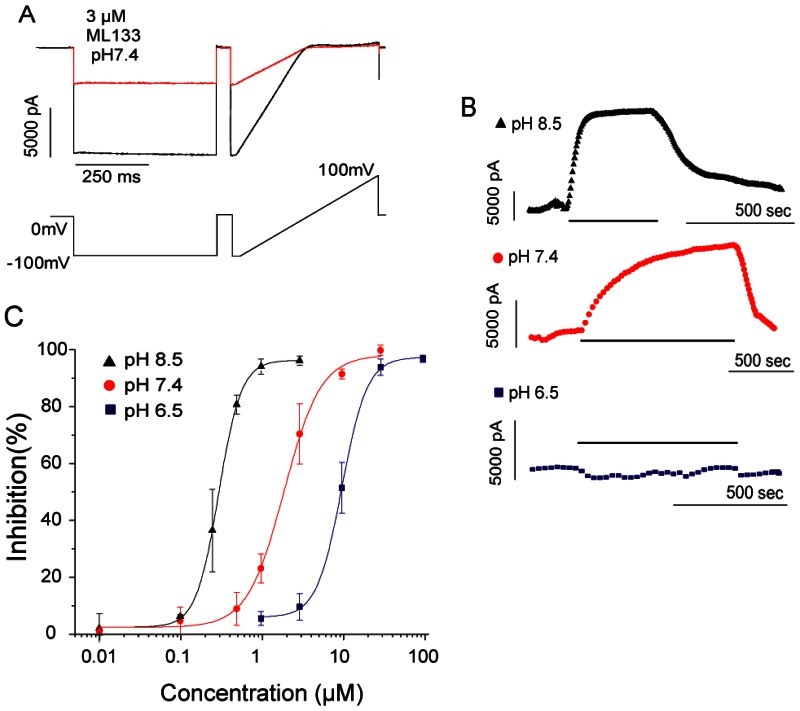- Home
-
Screening
- Ionic Screening Service
-
Ionic Screening Panel
- Ligand Gated Ion Channels
- Glycine Receptors
- 5-HT Receptors3
- Nicotinic Acetylcholine Receptors
- Ionotropic Glutamate-gated Receptors
- GABAa Receptors
- Cystic Fibrosis Transmembrane Conductance Regulators (CFTR)
- ATP gated P2X Channels
- Voltage-Gated Ion Channels
- Calcium Channels
- Chloride Channels
- Potassium Channels
- Sodium Channels
- ASICs
- TRP Channels
- Other Ion Channels
- Stable Cell Lines
- Cardiology
- Neurology
- Ophthalmology
-
Platform
-
Experiment Systems
- Xenopus Oocyte Screening Model
- Acute Isolated Cardiomyocytes
- Acute Dissociated Neurons
- Primary Cultured Neurons
- Cultured Neuronal Cell Lines
- iPSC-derived Cardiomyocytes/Neurons
- Acute/Cultured Organotypic Brain Slices
- Oxygen Glucose Deprivation Model
- 3D Cell Culture
- iPSC-derived Neurons
- Isolation and culture of neural stem/progenitor cells
- Animal Models
- Techinques
- Resource
- Equipment
-
Experiment Systems
- Order
- Careers
Kir2.1
The Kir2.1 inward-rectifier potassium ion channel is encoded by the KCNJ2 gene. A mutation in the KCNJ2 gene has been shown to cause short QT syndrome. Expression of Kir2.1 gene in human HEK293 cells induce a transient outward current, creating a steady membrane potential of around -70 mV.

Fig. 1 Inhibitory effects of ML133 on Kir2.1 channels at different pH levels
Creative Bioarray currently provides manual patch clamp assay using acutely isolated animal cardiomyocytes or CHO-Kir2.1 cell line to test drug's inhibition or potentiating effect on Ik1 mainly contributed by Kir2.1 channels. This assay is one of the recommended preclinical cardiac safety assays in the pharmaceutical industry.
Here at Creative Bioarray, we provide drug targets screening on Kir 2.1 channels for cardiac safety evaluation. To test Kir2.1 as potential drug target, you can also customize your projects and contact our experienced scientists.
Reference
- Wu M, et al. A potent and selective small molecule Kir2.1 inhibitor. Bethesda (MD), 2010.
Related Section
Inquiry

